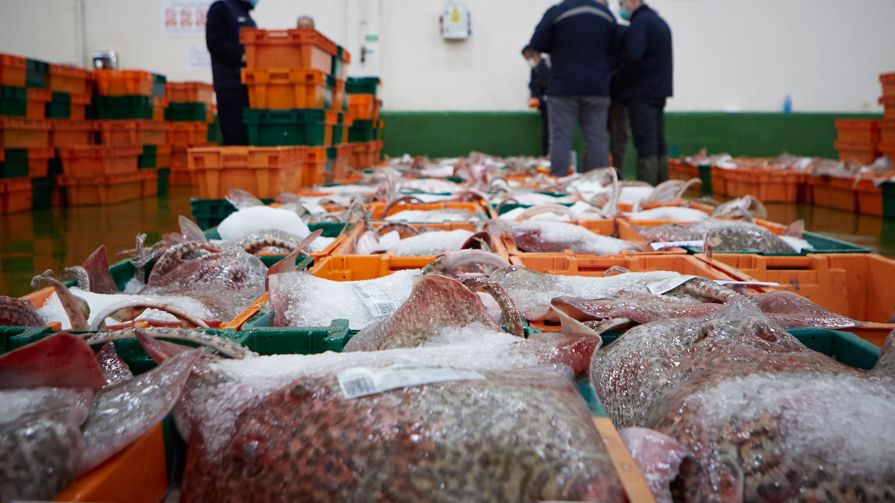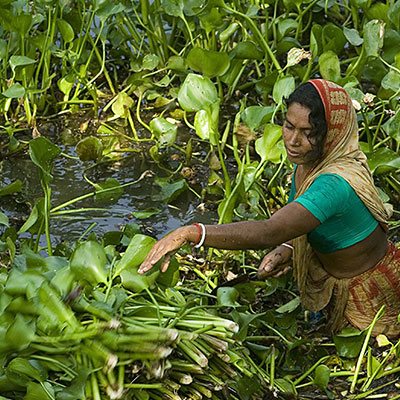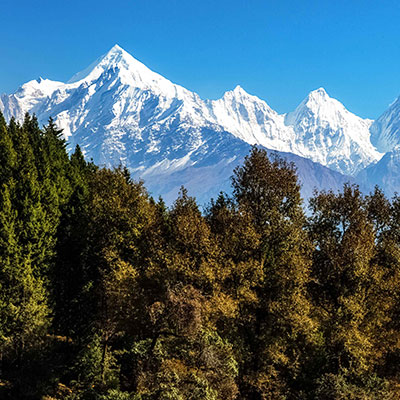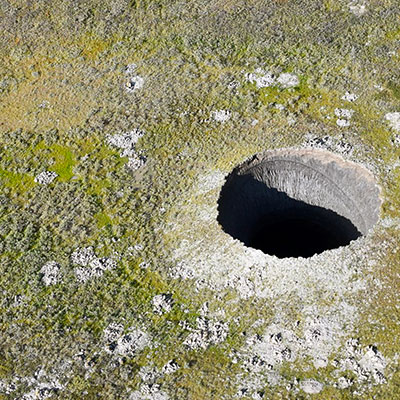Covid-19 has left many boats bound to harbour; overnight demand for fresh fish from hospitality venues disappeared. As the marine economy slowly rebounds, the biggest port on the Atlantic coast of Spain shares how it was able to carry on.
We land a lot of fish at the Port of Vigo – we are the biggest fishing port in Europe, so any coronavirus incident on the premises would have had catastrophic implications. But in almost three months of lockdown we haven’t had a single case.
Our whole operation has been digitised and fully transparent for several years now, and this was instrumental in dealing with the pandemic. When the government announced the emergency on 13 March, we knew what to do.
The port itself doesn’t sell fish – instead, it regulates boat landings and the marketplace, which generates around €183m (£165m) per year. We are in daily contact with the private fishing vessel operators through a digital management system, which they are legally required to use to send reports about their catch before they arrive at the harbour. Our software, known as GESPESCA, updates the catch that will be landed that day in real-time. This allows the port police to allocate a space for each boat to moor and unload the boxes, which are then transferred to allotted places in the auction hall.
We could use this information to follow sanitary requirements much better by quickly adjusting the number of arriving vessels and vendors accessing the market. Social distancing meant we had to adapt most of the administrative staff to telework. We have even piloted a 5G network-based facial recognition system in the main office to reduce surface contact.
But the port police and fish-handling workers had to carry on, using gloves, face masks and screens. The port is a very lively place and distancing is a problem. But because we knew in advance how many vessels were coming in and the estimated amount of catch they were bringing, we could see any excess in vessels and convince the operators to delay landings or bring fewer boats at a time. The port police used this information to assign a specific area for each boat to unload the boxes. This approach is still rare in ports.

Barcodes are attached to fish to track them from origin to plate (Credit: Vigo Port Authority)
Data also helped us distribute the space in the auction hall – or lonja in Spanish – where private vendors, including one of the world's largest fishing companies Pescanova, sell their products to business customers, such as shops, restaurants and hotels. It is not open to the public. All buyers accessing the hall have an ID card, so we asked those with the odd numbers on the card to come on one day and those with the even numbers on the other. We expanded the market along the whole surface of the auction hall, and because we knew in advance what was going to be on sale, we could organise the spacing out and implement distancing.
This digitised approach allows us to publish a list of all the landings expected tomorrow, with quantities and prices, on our website. I am not aware of any other port in Europe whose statistics and even forecasts are so up to date.
In the future, as part of the Lonja 4.0 development project, we eventually hope to fully automate the process so that boats will be allocated spaces by the system. The fish will be unloaded onto conveyors that pass into a tunnel where they are weighed automatically before being given a digital barcode or a radio frequency identification (RFID) tag.
We are giving our system full transparency as more and more consumers want to know where the fish they eat comes from and how it was processed; whether it’s sustainable and of high quality. It is also becoming increasingly important that it doesn’t come from illegal, unreported and unregulated fishing.
So if you use the Port of Vigo, you know it is not possible to unload illegal fish, you will go through a very transparent process and the quality of product will be taken care of. This is the way marine products will be marketed in the future across the world. We can’t check 100% of everything that is coming as that would be too expensive and time-consuming but we have a random system where a number of boats and trucks per day are given a full inspection.
The control is quite strong in the whole of Spain. Ten years ago, the European Union introduced a legal requirement for fisheries and aquaculture operators to label all products to ensure the traceability of each lot at every stage of production from capture or harvest to processing and distribution to the final consumer. All fish at the Port of Vigo are assigned a barcode before the first sale, which includes information on the species, its origin and quantity, as well as the names of the vessel and the supplier. In contrast, a 2014 review found that one in three wild-caught seafood products imported into the US comes from pirate fishing around the world.

López Veiga says the Port of Vigo needs to prepare for future crises (Credit: Vigo Port Authority)
Transparent fishing is only one of the projects we are working on as part of the European Union’s blue growth strategy – a collaboration across industries in order to push all aspects of the economy related to the sea at the same time, from coastal tourism to marine biotechnology and ocean energy. We were one of the first to give a meaning to this idea: since 2016, we have 48 proposed projects, 25 of which are underway with more than 300 participants from public and private entities. We thought a port would be a good catalyst as that’s where many industries come together.
But we couldn’t do it alone. We rely heavily on university researchers and sometimes private companies. Last year, the University of Vigo developed a reef-like structure to improve the biodiversity of the port and CO2 capture, and an Israeli bio-concrete company Econcrete helped us build it in one of the harbours to help restore seaweed and algae. We have an obligation to create a much greener eco-system because we are dealing with food, you can’t deal with food in a dirty place.
The port of Vigo has been sharing this and other learnings with a network of ports in Europe as well as Indonesia, Argentina, Senegal, Mozambique and Cape Verde. It is so important to increase solidarity, help each other and be organised. We have to be humble: something as little as a virus can put the whole world upside down. This crisis may happen again and we need to be prepared, that’s the rule.
This interview with Enrique César López Veiga, president of the Port Authority of Vigo, was adapted by Krystina Shveda.
This article is part of Follow the Food , a series investigating how agriculture is responding to environmental challenges. Follow the Food traces emerging answers to these problems – both high-tech and low-tech, local and global – from farmers, growers and researchers across six continents.



